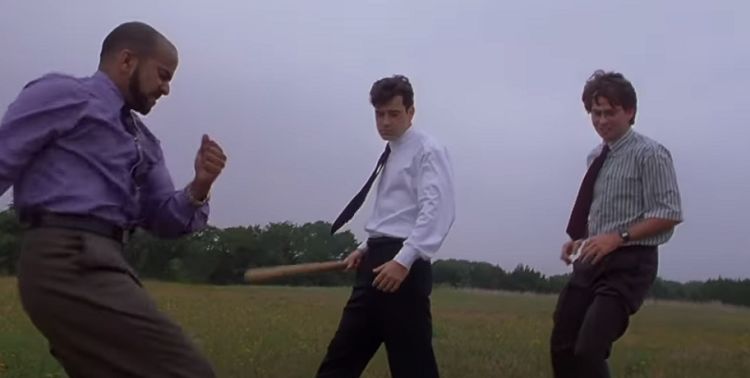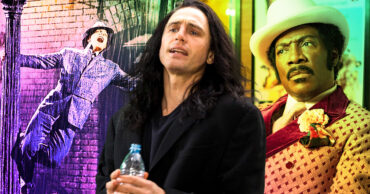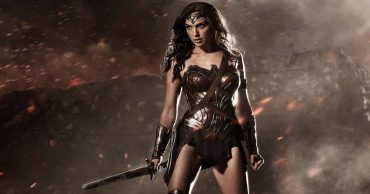
Slow-motion scenes can be used for a lot of reasons, and a lot of times they look cool since they tend to give more detail to a movie for those few breaths in which they occur. Some things that happen in various movies are too quick and are over without any real celebration of what they might mean, which is where the slow-motion comes in since this is a chance to see everything in full detail and to understand the impact that the moment has on the movie. Plus, the amount of detail that can be seen in such scenes is amazing since like it or not, the human eye can’t really take in everything that quickly at all times when a movie is rolling along at normal speed. There are plenty of times when slow-motion is a little overused since it becomes kind of a drag and doesn’t need to be pushed to such a limit. But then there are moments in which slow-motion is used for comedic or ironic effect. One of the best uses of slow-motion was in the bionic woman when it was used to imply that the lead character was going faster than anyone could track, and it’s definitely been used as a part of the Flash’s repertoire in recent years given that the actual speed the character is traveling wouldn’t allow for a lot of detail and would come off as a blur. But again, there’s been an overuse of the effect in this case as well, and it’s been more than a little annoying at times.
Just like any effect, slow-motion has a definite place in movies, but there are times when it’s not warranted and others when it’s just plain awesome since it helps to slow down the story and tell it at a pace that includes far more than might happen if everything was allowed to happen at normal speed. In an action movie this effect can have a profound impact since instead of the villain just falling from the top of a building and going splat the slow-motion fall captures the sudden look of terror and surprise on their face that indicates that they had no intention of dying alone, or in this manner, and are not at all pleased with the outcome. In a movie such as Office Space, the slow-motion scenes were hilarious since the infamous printer scene was like something straight out of a mob movie as the three men beat the living hell out of the malfunctioning printer, an act which ends with Peter and Samir having to pull Michael away finally.
Plus, in action movies, the effect of slowing things down can make something look far more impressive since in Enter the Dragon, Bruce Lee is just damned quick and anyone that’s watched the man at full speed on old videos knows that tracking him with the human eye is possible, but it’s difficult for a large part of the audience. By slowing down key scenes within the fight sequences it shows everyone what Bruce is doing and why it’s so impressive, and it allows them to feed into the legend that he was that great. That’s a longer argument than this article is bound to support so I’ll leave it at that, but slow-motion in action movies can be overdone quite easily since not everything needs to be slowed down in such a manner. The quickness that action movies are given and the speeds at which they move is impressive, and sometimes slowing down an emotional scene can give it a bigger meaning and really sucker punch the audience in the feels. But too much of it can make the movie lag in a big way and will slow down action scenes that are better off being shown at regular speed. When this happens it’s easy to assume that the audience will lose interest since a few slow-motion scenes can create a difference in a movie, but too many of them are going to make the feature drag on in a manner that’s less than appealing to many viewers.
When really given a chance, a slow-motion sequence can hit a person in a very profound way and can enhance a scene in a very unique manner that helps the story and even goes so far as to tell a story within the story. There are definitely times when it’s excessive, but at the same time, there are a lot of moments when slow-motion makes something so much better than trying to think about what might have happened if someone had done without it is to think that the movie might not have been as effective. Just like any other element to a movie, it’s something to use sparingly at times, and it’s wise to understand when it’s bound to be useful and when it will be little more than an unneeded extravagance.
 Follow Us
Follow Us




